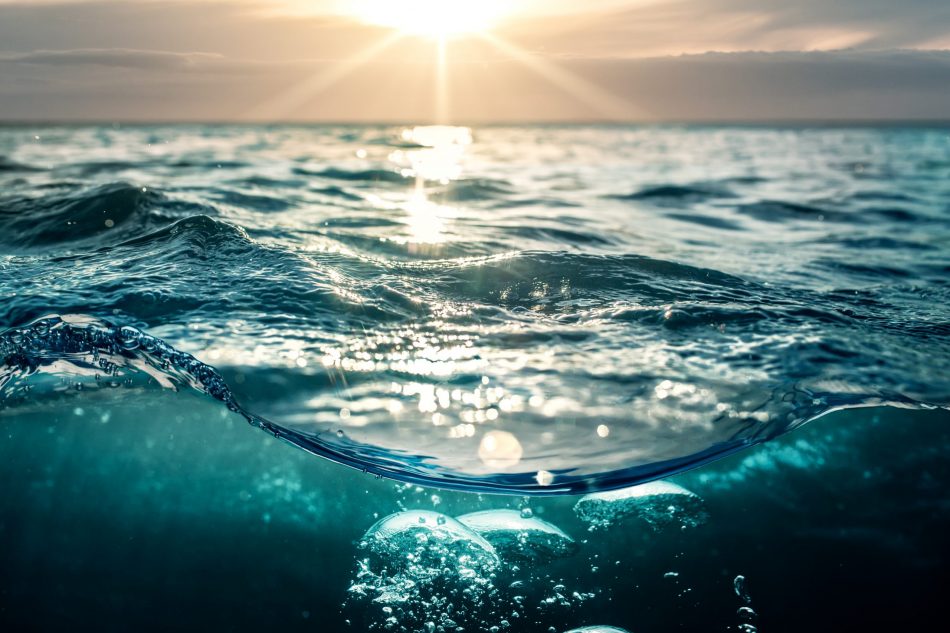While we often use GPS systems to navigate unknown areas on land, GPS is not an option for underwater vehicles such as submarines. That’s because water impedes and scatters the radio waves GPS depends on, which is why submarines rely on sonar rather than radar to probe their surroundings.
Marine scientists would love to use sonar acoustic systems for missions such as mapping the oceans and tracking animals, but the problem is sonar requires a whole lot of power. And although that might not matter to a nuclear submarine, it does matter for small ocean-exploring devices that rely on batteries.
To overcome this problem, scientists at MIT have turned to something called piezoelectric materials for a solution. Simply put, piezoelectric materials generate electric charges under mechanical stress, including being subjected to sound waves.
NewAtlas reports that the scientists have used piezoelectric sensors to selectively reflect back sound waves emitted from the environment as backscatter while using the sound waves themselves as the power source. These sound waves were then picked up by a receiver as a binary pattern with 1 being reflected sound waves and 0 being unreflected sound waves. This binary signal allows the Underwater Backscatter Localization (UBL) system, as it’s called, to carry information that could be used to make a location fix by timing how long it takes a sound wave to reflect off the sensor and then return to the observation unit.
In short, the system acts as an underwater GPS by receiving and reflecting sound waves from surrounding waters and uses those same sound waves to power itself without any need for batteries.
Thus far, the UBL system has passed a proof-of-concept test in shallow waters, where it estimated distances up to almost 50 cm (20 in). The next step will be to increase the range before starting field tests. The hope is that the new navigation technology will allow for autonomous vehicles that can make detailed maps of the ocean floor. In recent months, we’ve been seeing more and more impressive developments in ocean exploration technology.
In August, we wrote about an automated 12-meter boat that successfully completed a 22-day-long mission to map an area of the seafloor in the Atlantic—without a crew. Then, in September, we brought news of another robotic vessel called the Mayflower that will travel across the Atlantic using artificial intelligence to gather precious data about the ocean.











